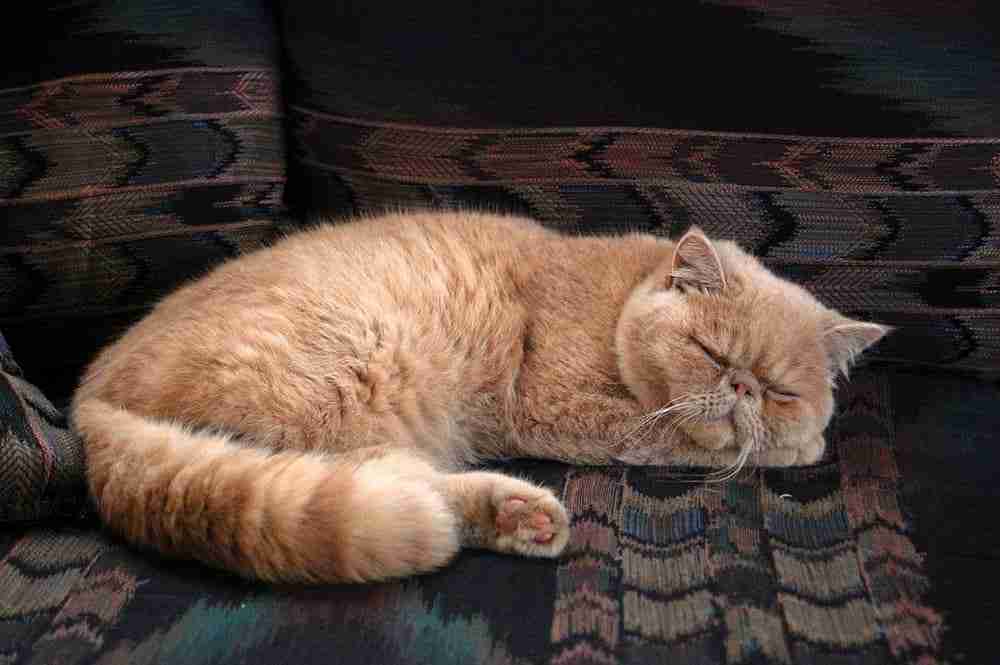Affectionate and sweet-tempered, the Persian cat is a favorite breed of cat lovers worldwide. Their fluffy, long coats and flat, round faces also give them a distinct appearance. Read on to learn more about this popular cat breed…
The Persian cat is an easy-going, docile and relaxed breed, preferring lots of pets and frequently ending up as lap cats. And yet, they retain a distinctly dignified air, making them stand out even more.
This beautiful medium-sized cat comes in several colors and gets along great with most families. They require a lot of grooming, but it’s worth it!
If you’re looking to make a Persian cat your new pet, you’ve come to the right place to learn all about them.
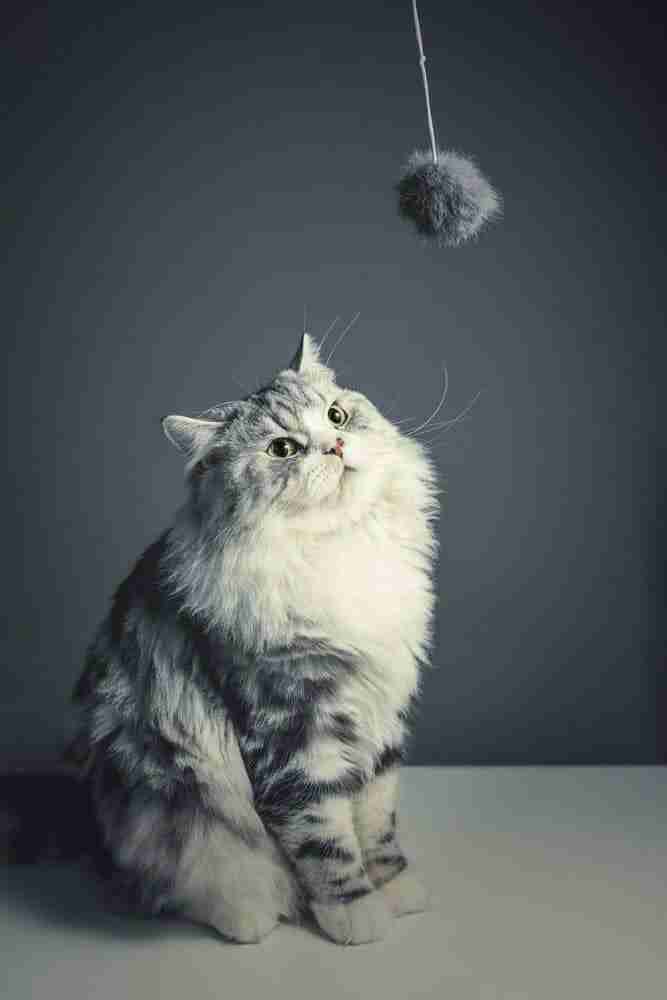
An Overview of the Persian Cat
| Height | 10 – 15 in |
| Weight | 7 – 13lbs. |
| Lifespan | 10 – 15 years |
| Origin | Persia |
| Temperament | Sociable, docile, affectionate, moderately playful |
| Activity Level | Calm |
| Compatibility | Low compatibility with kids and other pets |
| Coat | Long |
| Shedding | High |
| Colors | White, black, orange, gray, silver, beige, brown, sable |
| Patterns | Solid, bi-color, tabby, calico, tri-color |
| Allergy-friendly? | No |
| Vocalness | Quiet |
| Prey Drive | Low |
Characteristics and Temperament
Persian cats are known for their sweet and docile nature, making them an excellent fit for easy-going cat lovers. Although they retain a noble air, they love to have attention lavished upon them.
They’re elegant and regal and at the same time social and friendly. Your Persian cat will love to spend time with you and be beside you always.
They are just as curious as any other cat, but Persians are relatively low-maintenance in that they won’t bother you by knocking things over or being uncontrollably mischievous. Although you can’t rule out such behaviors, it’s less likely for a Persian cat to want to climb curtains or tear up bedsheets, etc.
You can satisfy your Persian cat’s curiosity by providing games and toys, but they don’t need as much stimulation and entertainment as more energetic breeds.
Now, Persian cats have a reputation for being easily annoyed by loud kids or other pets, but this is mostly a misconception. If your Persian kitten is socialized from a young age, they will get along with everyone around (yes, even dogs!).
History
As the name suggests, Persian cats originated in Persia (previously known as Iran, and before that, Mesopotamia).
Although no one knows exactly how Persian cats—as they are now called—came into existence, the credit has been largely given to an Italian nobleman from the 17th century named Pietro Della Valle for bringing them into prominence. A world traveler, Pietro brought the first longhaired cats to Europe early in the 17th century.
Originally, Persian cats had grey fur with a silky and shiny texture, but in the modern-day, they now come in a variety of colors thanks to selective breeding. Their snub-nose, short face, big eyes, and small ears are features that also came about as a result of selective breeding.
Today, the Persian cat is easily one of the most popular and beloved cat breeds in the world.
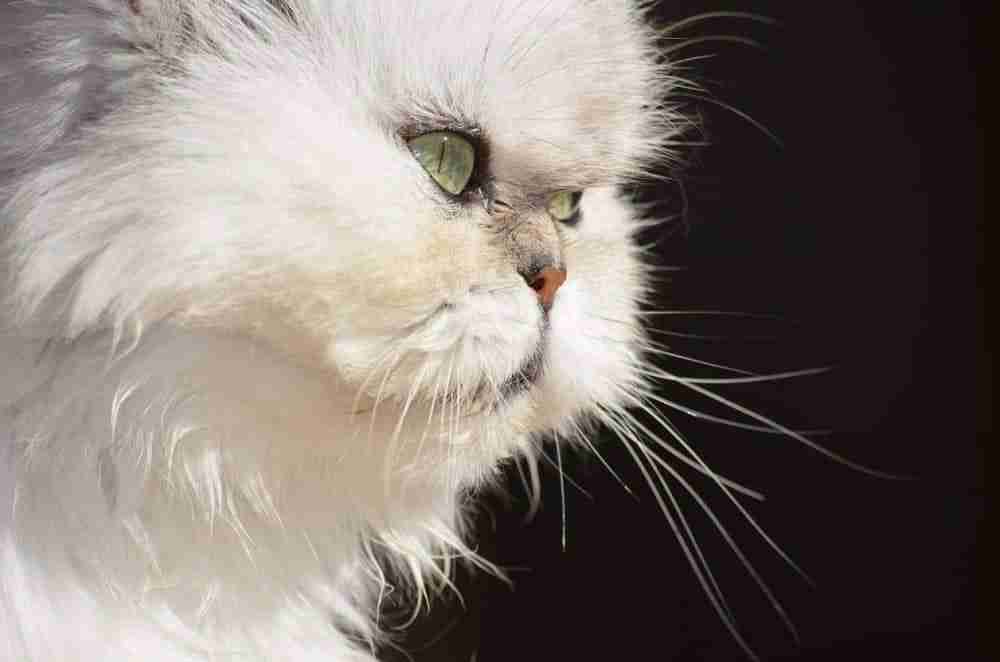
Personality
Regal and dignified, the Persian cat is recognized worldwide for its docility and sweetness. Persian cats love affection and are very fond of sitting in their owner’s lap — or really anyone they take a liking to. However, they’re never demanding about this, unlike many other popular cat breeds.
As sedate creatures, Persian cats like serene and quiet environments, where there are no noisy disruptions or too much activity. That is why Persian cats are typically not recommended for households with several small children or large pets, especially if they are loud.
Persian cats are affectionate, yes, but discriminatingly so: not everyone is worth their warmth. Unless they are socialized as kittens, it’s best not to house a Persian cat in a busy household.
Other than that, as we mentioned before, there’s not much else to maintain a Persian cat. You don’t have to worry about your cat upsetting furniture or making a mess; Persians prefer accessible spaces and not making a fuss.
Appearance
The appearance of the Persian cat is perhaps its most noticeable aspect, and indeed one of the reasons why they come at such a high price.
The short nose and flat face—also called a brachycephalic face—which is topped with small, rounded ears and supported by a thick, short neck, are the defining physical characteristics of the Persian cat.
Meanwhile, the build of the Persian cat might come as a surprise to those who are unfamiliar with it. Persian cats have sturdy, thick, and muscular bodies, also called cobby bodies. Their legs are thick, short, and strong, while their paws are large and firm and their tail short.
Coat
And now for the most exciting part: the Persian cat’s long-haired coat. The long coat of a Persian cat is thick, long, and fine while being exceedingly soft and fluffy to the touch. Towards the top of the cat’s body, the fur forms a large neck ruff, and there is a deep, furry frill between the cat’s front legs.

Colors
One of the other reasons why Persian cats stand out is the wide variety of colors and patterns in which they are found. The main colors which are typically seen on Persian cats are black, white, orange, cream, gold, brown, and grey.
Among these color divisions, the cats also come in different patterns: smoke, shaded, calico, tabby, bicolor, and parti-color. Just imagine the possibilities!
Meanwhile, the eye color of the cats is also dependent on their coat. You’re likely to see deep blue eyes on white Persian cats, while brown and black cats usually have copper eyes. Meanwhile, grey and golden Persian cats typically have beautiful green or blue-green eyes.
Size
Persian cats are medium-sized, with the females typically weighing no more than 7-10 pounds and the males being between 9-13 pounds.
Face
The two most popular forms of Persian cat seen in the modern world are the show Persian cat (“Peke-face”) and the traditional Persian cat (“Doll-face”). Show Persians have a much flatter face than doll-faced ones, and they also have a thicker coat and smaller ears.
If you want a Persian cat that looks more like the original Persian cat, go for a doll-faced one. Their features are less pronounced.
But whether you make a peke-faced Persian cat your new fur baby or a doll-faced one, you’ll enjoy their sweet nature and affectionate personality all the same. Plus, they both have large eyes, thick coats, and stocky bodies.
Grooming
As you may have guessed by now, Persian cats require heavy and consistent grooming due to their long fur. If you want your fur baby’s luxurious coat to remain shiny and luxe, you’ll have to brush their coat every day.
It is crucial if you want to prevent mats and tangles, which can very quickly and easily get out of hand. You don’t want to end up snipping off your Persian’s fur!
Besides, proper brushing and combing are also required to get rid of dead hair, excess dirt, and debris (such as cat litter—yes, this can happen). But that’s not all. Matted fur can even be painful for your cat because mats prevent air from entering the fur by trapping moisture, which in turn causes sores and irritation.
And in conjunction with regular bathing, this will allow your cat’s fur to remain in top shape. If you’ve got a Persian kitten, start bathing him/her as soon as you can. Once they’re adults, it isn’t easy to get a Persian cat to agree to be bathed.
In such a case, you can use a warm, moist cloth to do spot cleaning, but this is, of course, not as effective as a real bath.
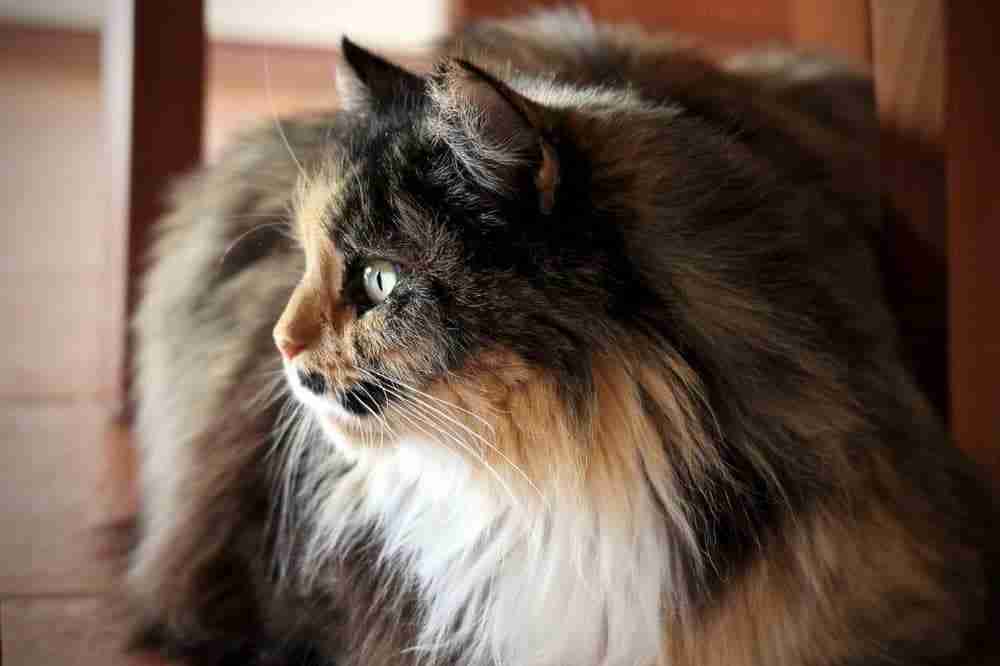
General Care
As we’ve established, Persian cats are relaxed, sedate, and comfort-loving creatures. However, this does not mean that they don’t like playing or being playful. Bring your Persian cat some toys and catnip and watch how they transform before your eyes!
If you notice your Persian cat’s eyes tearing up excessively, that might be cause for concern, especially because this causes stains on the cat’s face. In order to prevent this, make sure to wipe your cat’s eyes daily.
Another thing to keep in mind when getting a Persian cat is the importance of keeping their litter box clean. True to their regal carriage and breeding, Persian cats are less likely to use a litter box that they deem unworthy.
All of this might make it seem like getting a Persian cat is a recipe for endless work and high maintenance, and you might be right. It’s definitely important to first ensure that you’re ready to take on the responsibility of bringing up a Persian cat (especially given how expensive they are!).
However, if you have the time and energy, you’ll also find that training a Persian cat is easy with the help of a clicker.
Health Issues
When you get a Persian cat, expect them to live between 10 to 15 years with the right care. Like any other breed, Persian cats also require regular vet visits. The genetics of their breed also makes them particularly susceptible to a number of health problems, which an owner needs to be aware of.
The two most common diseases in Persian cats are polycystic kidney disease (PKD) and progressive retinal atrophy (PRA).
A cat afflicted with PKD has an inherited kidney disorder in which small sacs filled with liquid grow in the kidney tissue and gradually multiply. This, unfortunately, ultimately leads to kidney failure.
PRA, meanwhile, is a genetic eye disease that might lead to blindness. The deterioration of retinal cells causes it.
If the Persian cat you’re looking to bring into your home has a particularly short jaw or flat face, be careful: they are more likely to have issues pertaining to their eyes or teeth. But this doesn’t mean such a cat is not worth your time, effort, and energy – they will require extra vigilance on your part.
Finally, remember to spay or neuter your Persian cat (unless you want surprise kittens, of course) at an early age to prevent reproductive issues.
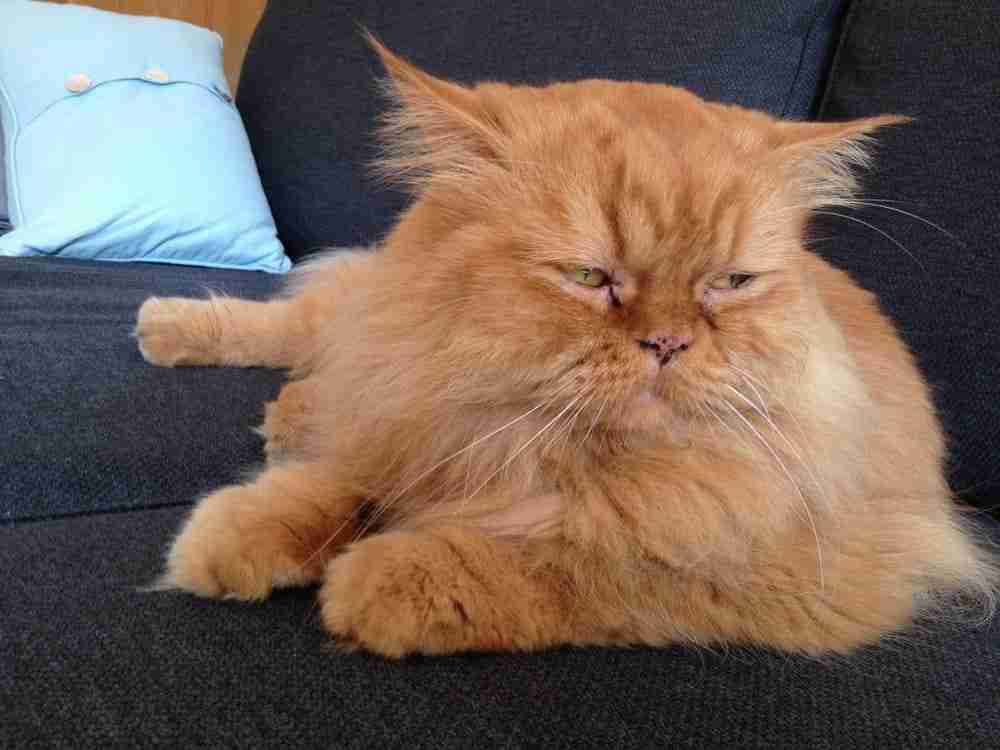
Price
And now to the million-dollar question: How much does a Persian cat cost?
The short answer: A Persian cat may cost you anywhere between $500 and $5000. This wide price range is due to a number of different kinds of Persian cats and factors such as sex, fur color, and age. Unfortunately, you’re unlikely to find a Persian cat at a more affordable price.
Final Words
According to many experts, the Persian cat is the most sought-after cat in the world today, and it’s easy to see why. Not only are they beautiful and exquisite, their amicable nature and friendly disposition also make them almost too good to be true.
That said, as with any pet, it’s of utmost importance to check first whether you are ready to take on the responsibility of raising a Persian cat. Do you have it in you to groom them every day? Can you promise a calm and relaxing environment for them? And most importantly, can you love them as deserved?
We hope this guide has been helpful for you. Good luck to you and your new furry friend!
